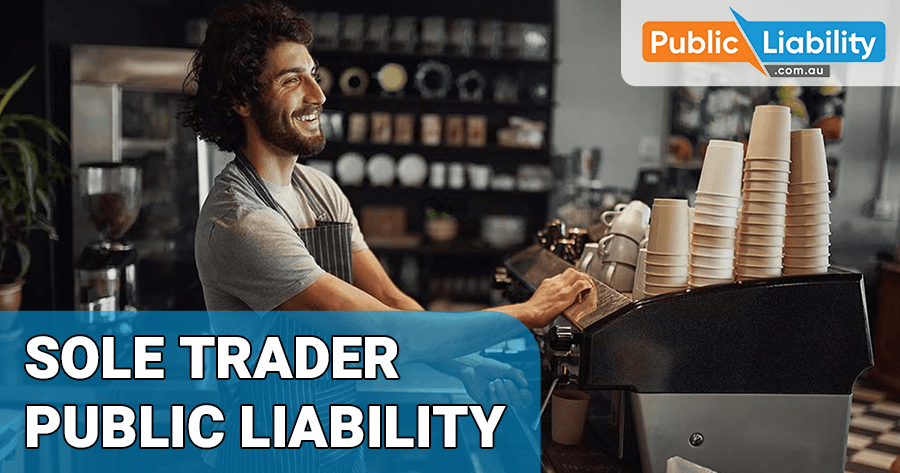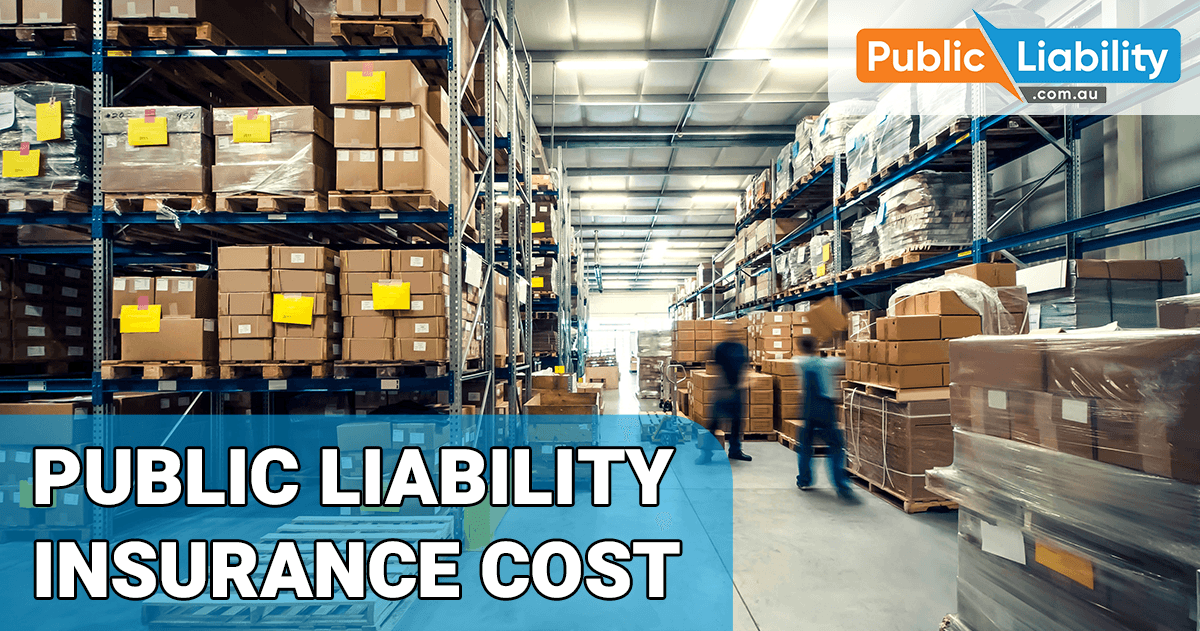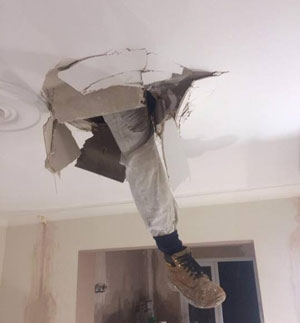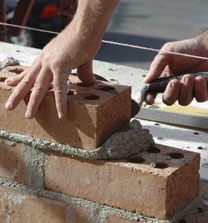As a sole trader you put your heart and soul into your business. Pardon the pun…
Therefore it’s vital to protect your precious business with public liability insurance.
We’ve put together the ultimate guide on sole trader’s public liability insurance. Read on, or click the button below if you’re just after a quote.
In our sole trader public liability insurance guide we’ll cover the following topics:
- What is public liability insurance?
- Why do sole traders need public liability?
- Is public liability compulsory for sole traders?
- Occupations requiring public liability
- Public liability cost for sole traders
- Public liability quotes for sole traders
If you’d prefer to speak with one of our experts on public liability insurance, please call our office on 1800 090 888.
We love small business, we love insurance, and we’d love to help protect your precious business!
What is public liability insurance?
To put in bluntly, public liability is the insurance that is going to save your bacon if you make a big mistake in your business!
The policy will respond in the event that your negligence results in property damage or personal injury to a third party.
Property damage example:
You’re a tradie working in a client’s house, and you accidentally knock a big flat screen TV over, which smashes the TV.
As it was your actions that resulted in the TV breaking, the public liability insurance would cover the cost of replacing that TV.
Personal injury example:
You’re a gardener, and you’re doing some work in your client’s front yard.
Your mobile phone rings, and you just up to take the call, but have left you shovel and some other items across the footpath.
A personal walking along the footpath doesn’t see your items, and they trip over and break their wrist when trying to stop the fall.
In this case you have been negligent by leaving your gear across the footpath, and therefore you are liable for the person’s medical costs and potentially their loss of income whilst injured.
As you were responsible for the incident, your public liability insurance would respond.
Why do sole traders need public liability?
Public liability insurance is vital for almost any business, but for a sole trader the stakes are even higher.
Operating as a sole trader is the most basic of all business structures, which is great in terms of set-up costs, but it doesn’t provide a lot of protection for the business owner.
As a sole trader, you and your business are a single entity. Anything that your business is financially liable for, you are also personally liable for.
On the other hand, if you operated as a Pty Ltd company, your personal and business affairs are somewhat quarantined from each other.
So if your business activities did result in property damage or personal injury to another person, you would be personally liable for those costs.
If we’re talking a few grand you could probably deal with that, but what if your work resulted in a serious injury to another person, and that financial liability starting climbing into the hundreds of thousands?
You would be personally liable for that amount, and it could potentially result in you losing your house or other assets.
If you operated as a Pty Ltd company however, the debt could send the business bankrupt, but it wouldn’t generally put your personal assets – such as your home – at risk.
But if you have the right public liability insurance in place, you don’t need to worry about this scenario, as your policy would cover you for such events.
And that’s what makes sole trader public liability insurance so important. You’re highly exposed personally to any business issues, which means your public liability insurance is a vital part of your protection.
Is public liability compulsory for sole traders?
Although public liability insurance is not required by law for sole traders, there will be certain situations where you cannot operate without it.
A good example is certain licensed occupations within the trades. Electricians and plumbers in most states of Australia require public liability insurance in order to obtain a licence.
Without public liability you couldn’t obtain or renew your licence, and therefore couldn’t lawfully operate your business.
Another example is when you are renting premises for your small business. Many leases will require that you hold public liability insurance.
The contracts you enter can also have an impact. Many contracts, especially those involving physical labour and working on-site will require that a sole trader has their own public liability insurance in place.
Occupations requiring public liability
Almost anyone operating as a sole trader, in any occupation, could benefit from having public liability insurance.
The most common type of sole trader needing public liability is tradies. This is an obvious one given the manual nature of their work, and the greater likelihood of personal injury or property damage.
Common trades requiring public liability include:
- Electricians
- Plumbers
- Carpenters
- Painters
- Plasterers
- Bricklayers
- Tilers
Many other service-related sole traders will also require cover:
- Gardeners
- Lawn mowers
- Cleaners
- Handymen
Although less likely to be operated under a sole trader structure, most hospitality and retail businesses shouldn’t operate without public liability insurance:
- Cafes
- Restaurants
- Market stalls
- Retail shops
The truth is, any type of sole trader activity which involves any type of contact with other people should have public liability insurance in place.
If there is the potential for a third party to suffer an injury, or for their property to be damaged, you need to have cover in place.
Public liability cost for sole traders
There are a number of factors which go into the public liability insurance cost for a business.
One of the major factors is the size of your business. With sole traders typically being a single-person operation, that will generally keep the cost quite low.
For a typical sole trader who does nothing too out of the ordinary, the cost of $5 million public liability could be as low as $500.
But whilst the size of your business is a major factor, there are other factors which have nothing to do with size.
The type of work you undertake and the locations you work at can also have an impact.
If you’re a gardener doing typical gardening work at domestic homes, your risk is very low and the premium will be quite low as well.
But if you’re a boilermaker undertaking work in the mines, your risk is a whole lot higher, and the premium will be higher too! In that case we could be talking thousands of dollars per year.
You would generally expect a boilermaker in the mines to be earning a lot more than a domestic gardener though, so as a percentage of earning the cost might not be too different.
Public liability quotes for sole traders
There are two ways for a sole trader to obtain quotes on public liability insurance.
You can take the DIY approach and purchase an instant online policy. This is quick and easy, but doesn’t come with the personal touch or peace of mind that a broker can provide.
At PublicLiability.com.au we have a team of online brokers based right here in Australia who review every quote request.
They’ll use the knowledge and experience to find the right policy to match your business, and recommend the most competitive option that meets your requirements.
Your broker will be there for you as your business grows, and most importantly will be there to manage any claims you need to make on your insurance.
We might operate online, but we’re no call centre. We’re a team of qualified insurance brokers and support staff who are passionate about protecting small businesses!
Don’t DIY your public liability insurance. Trust the experts at PublicLiability.com.au!







